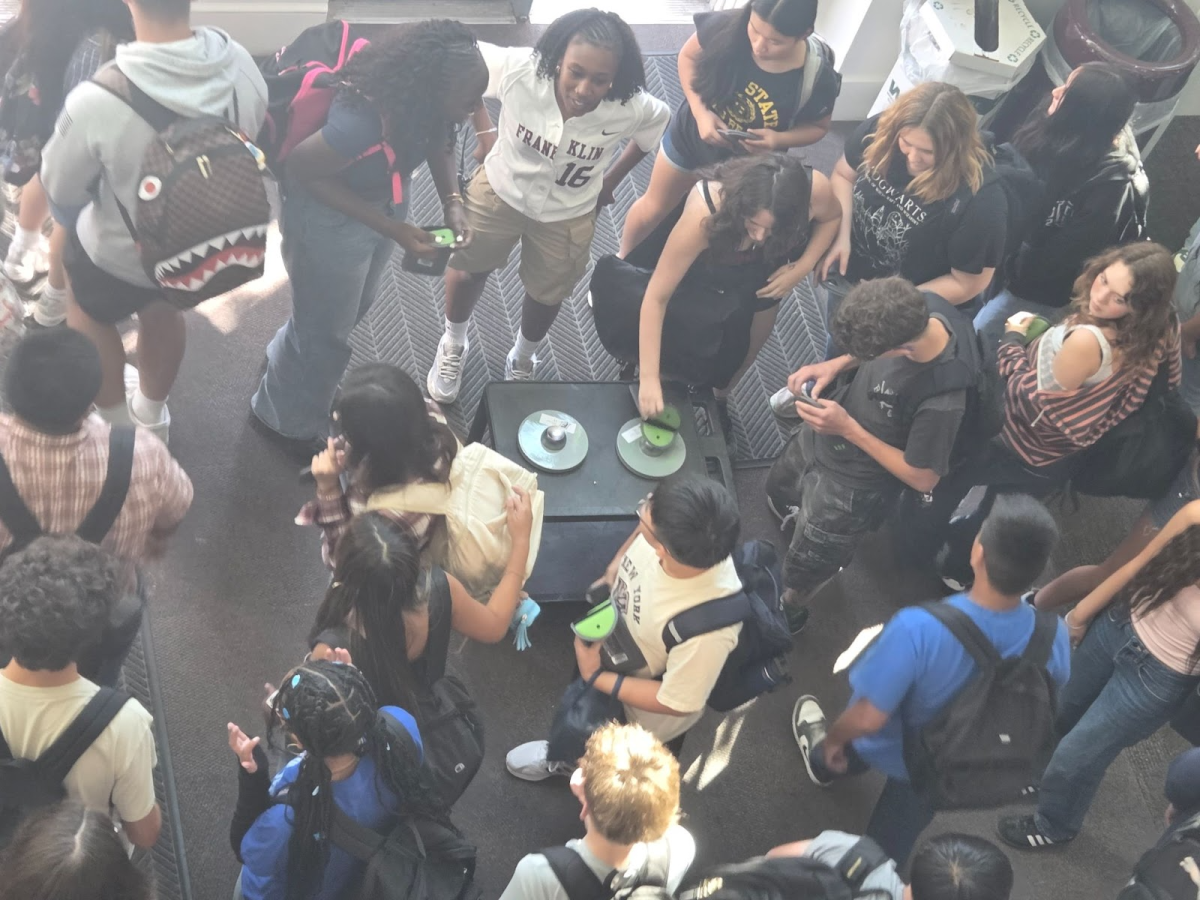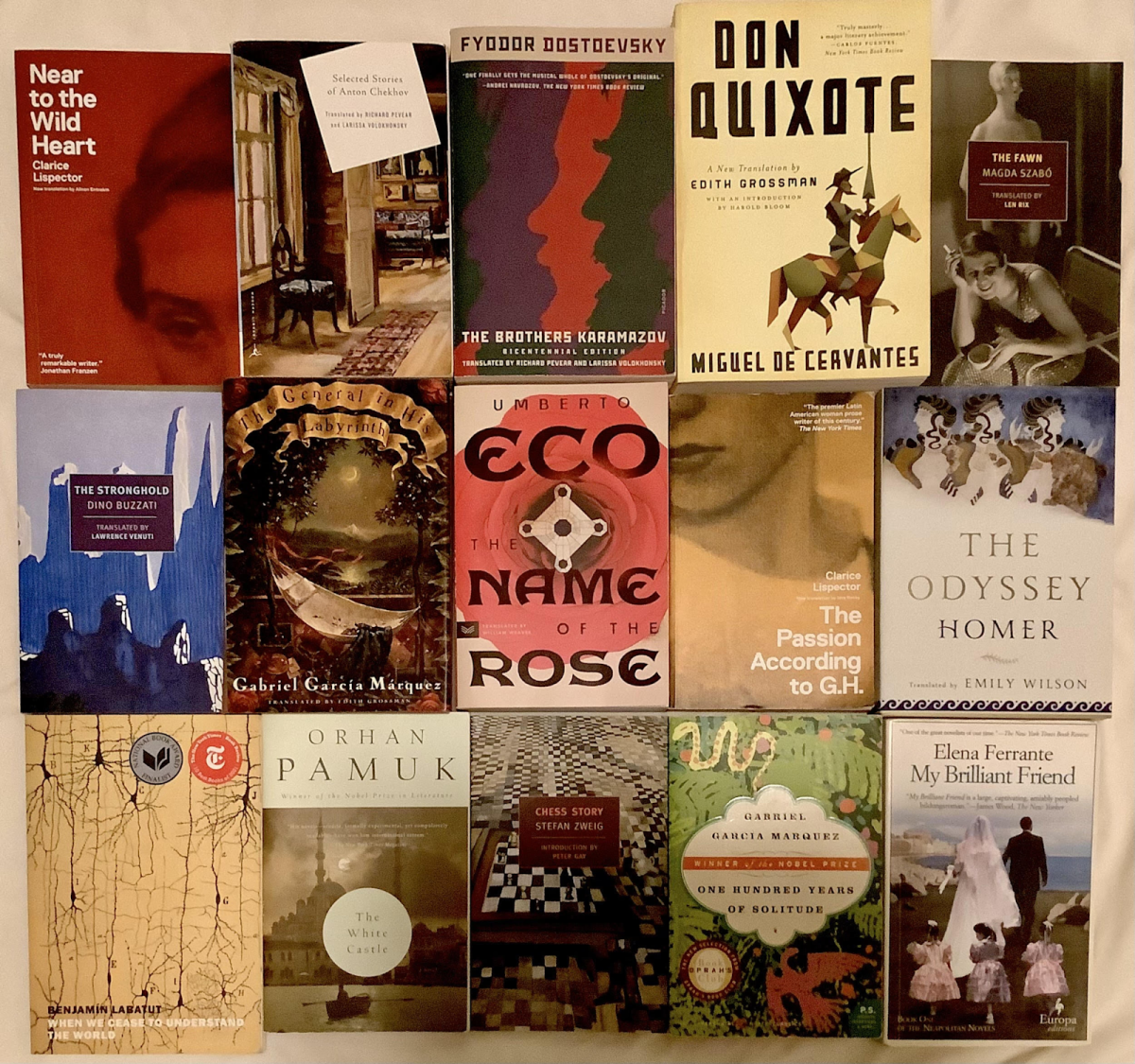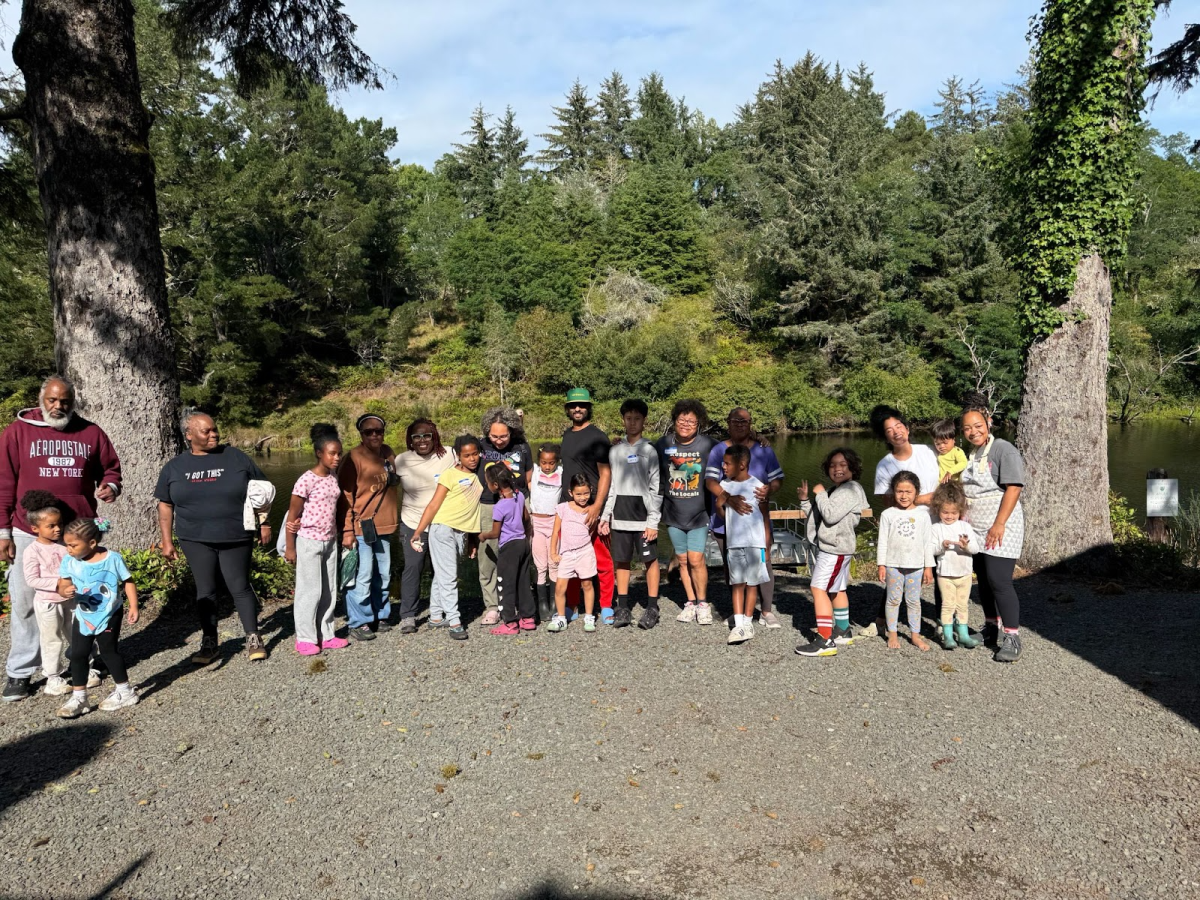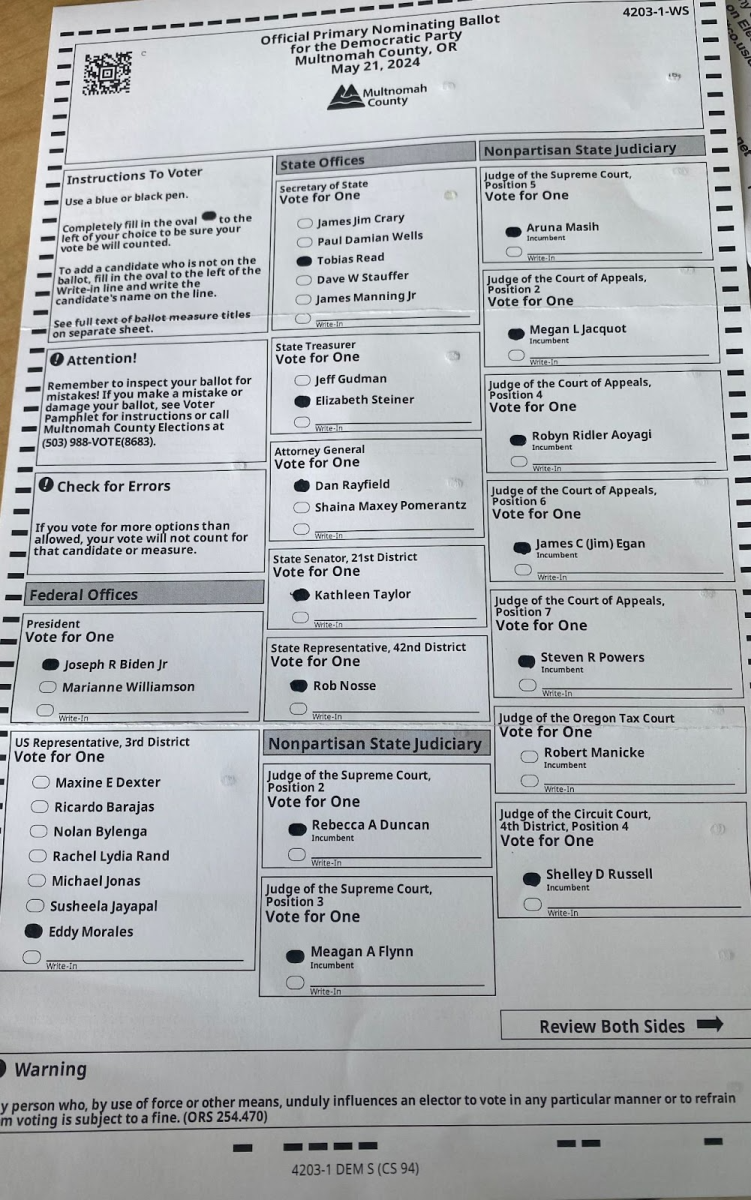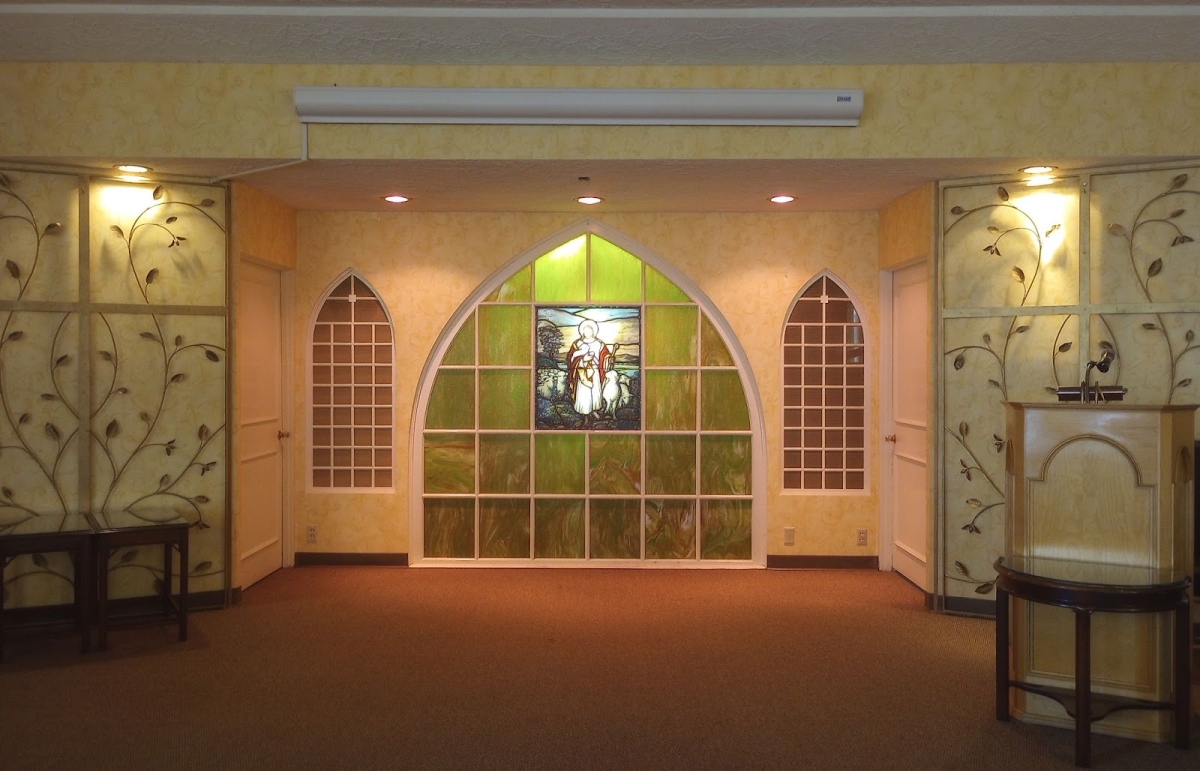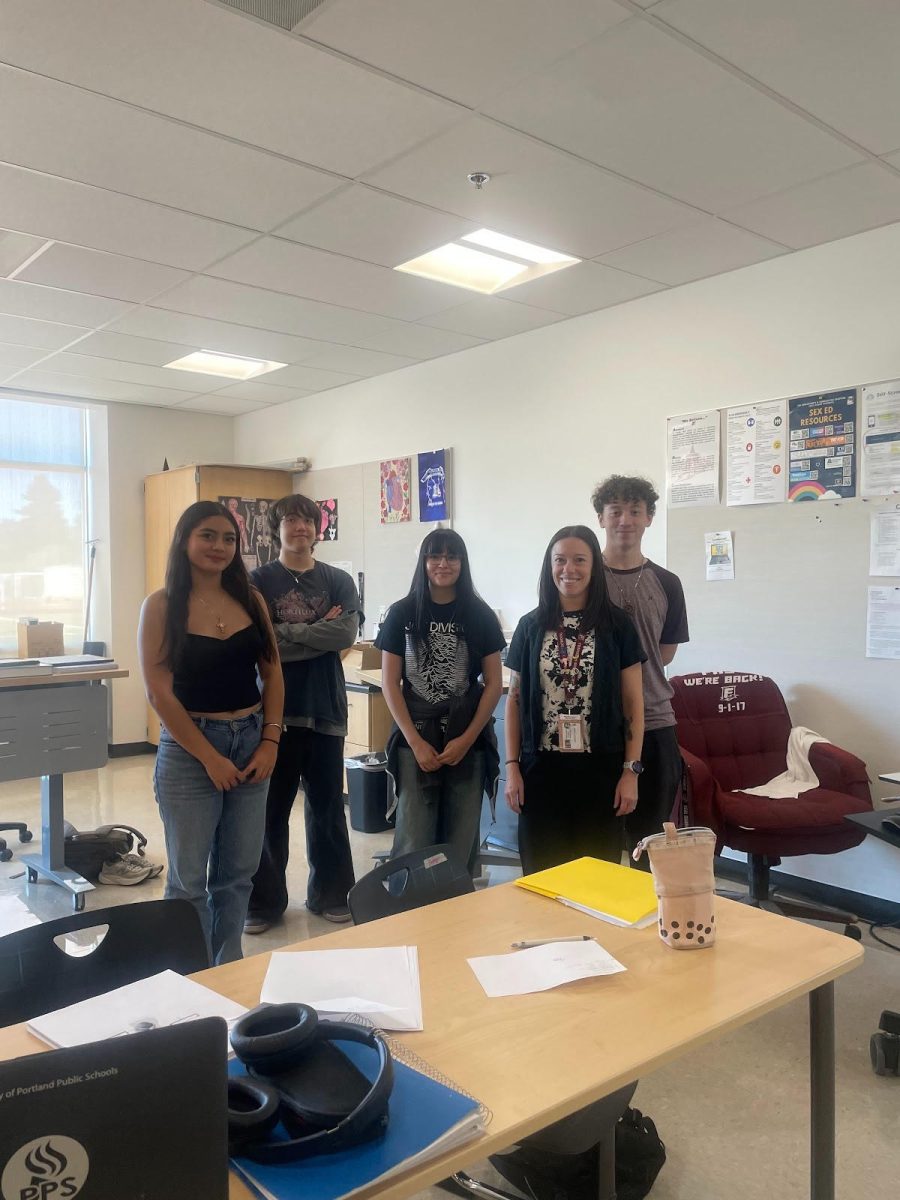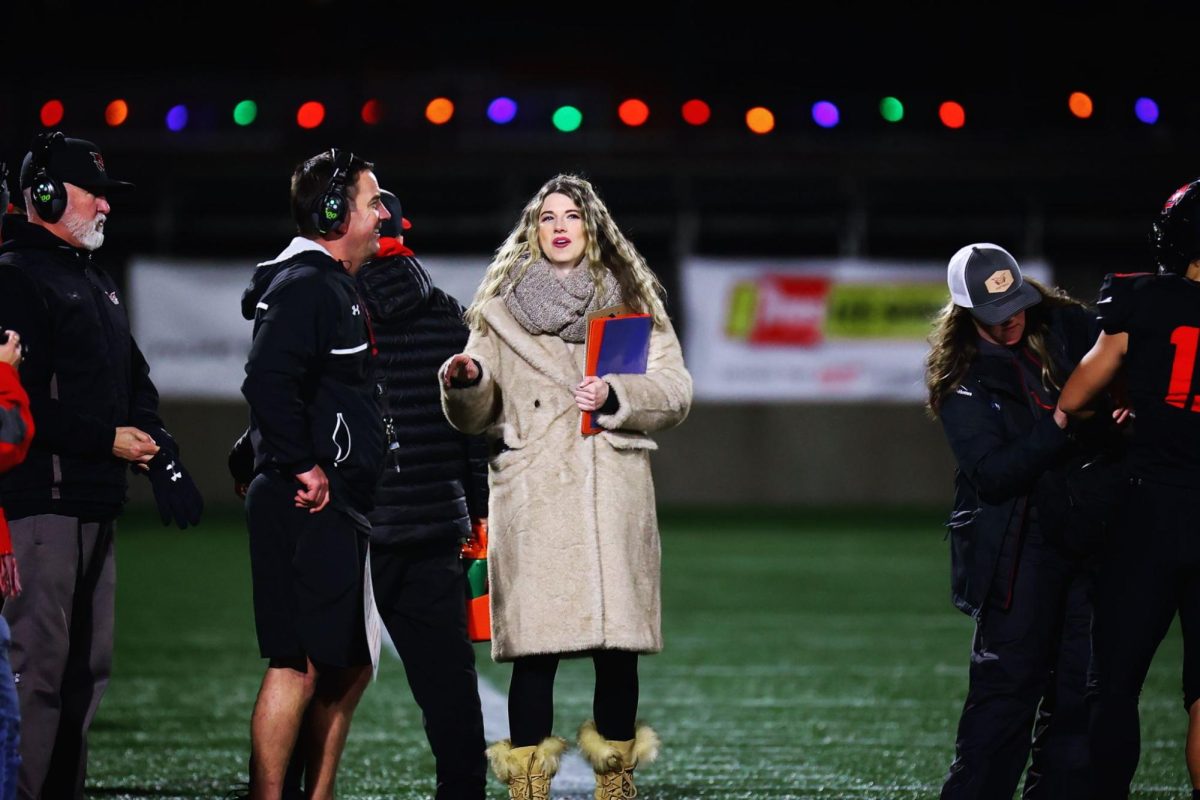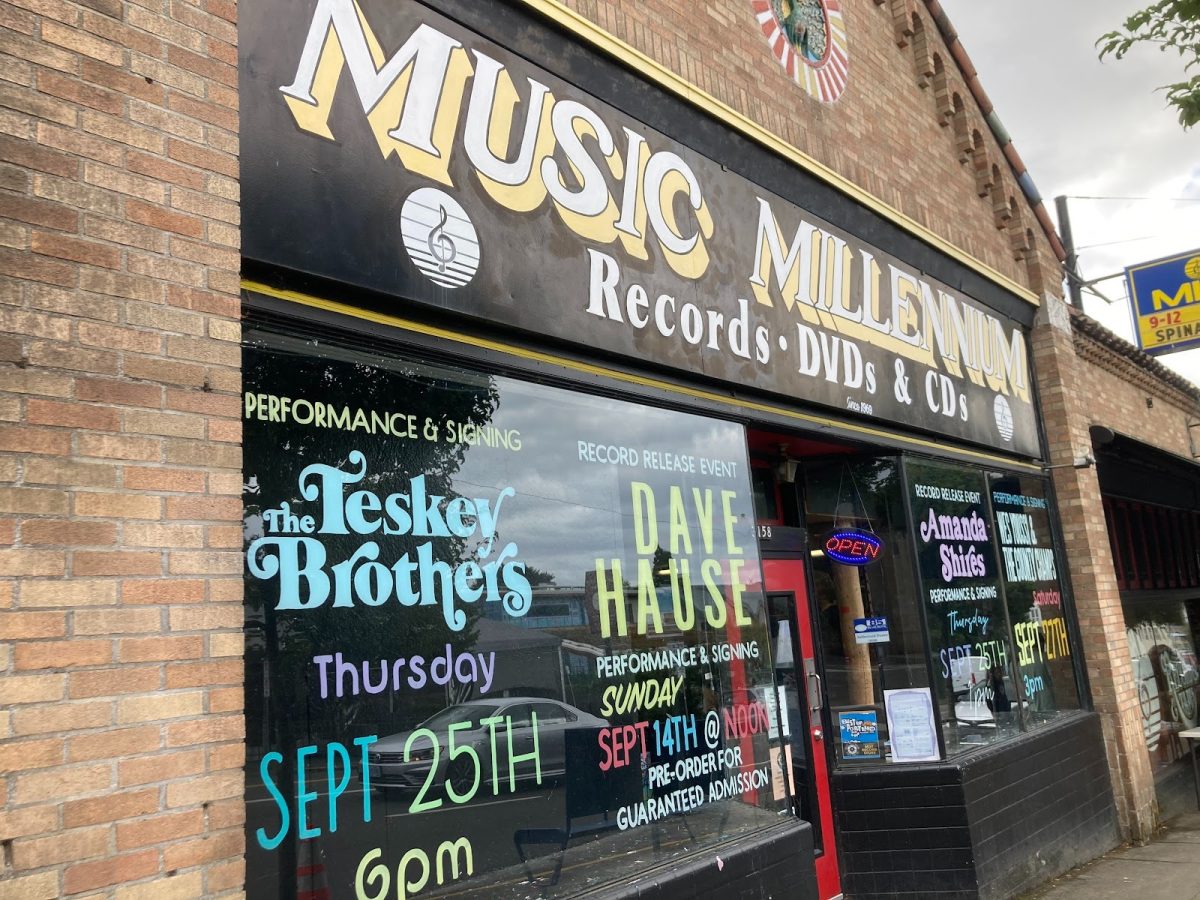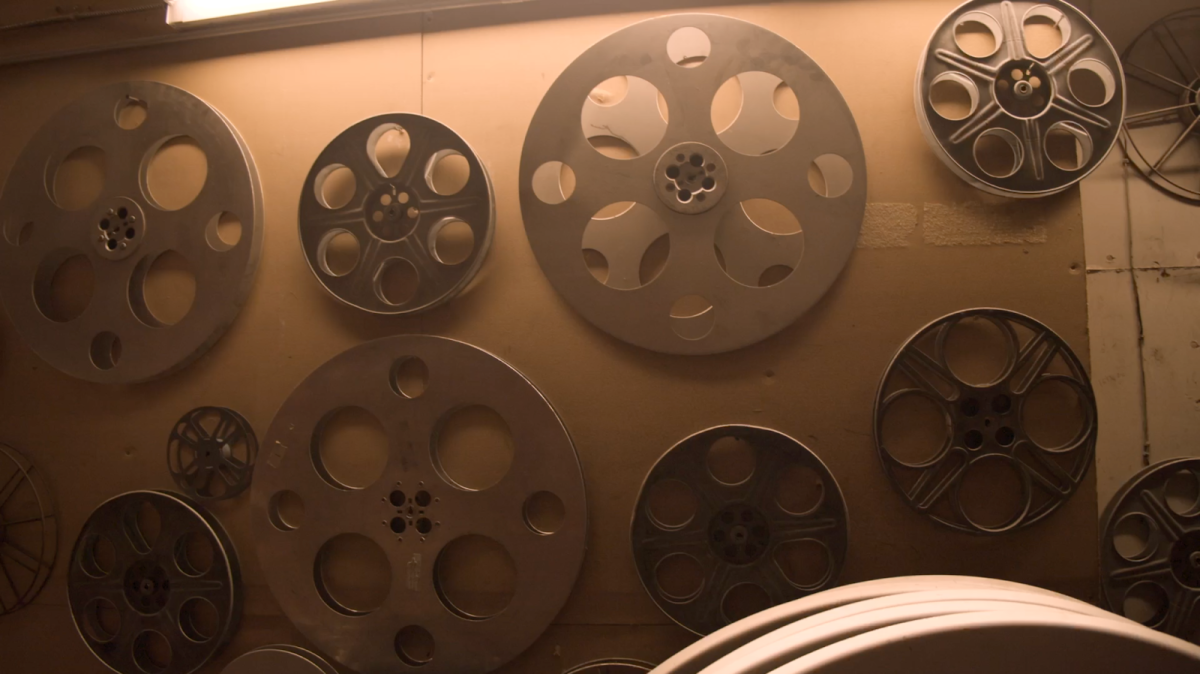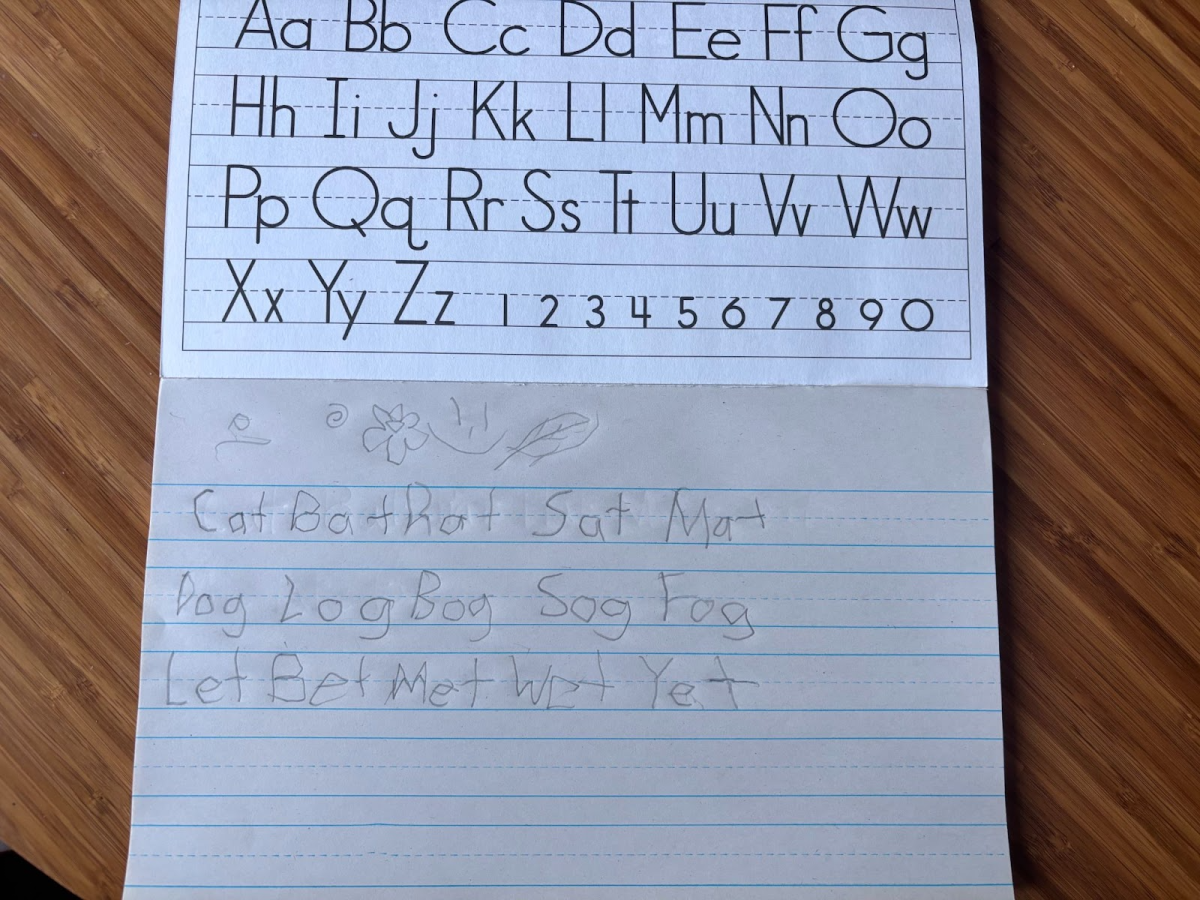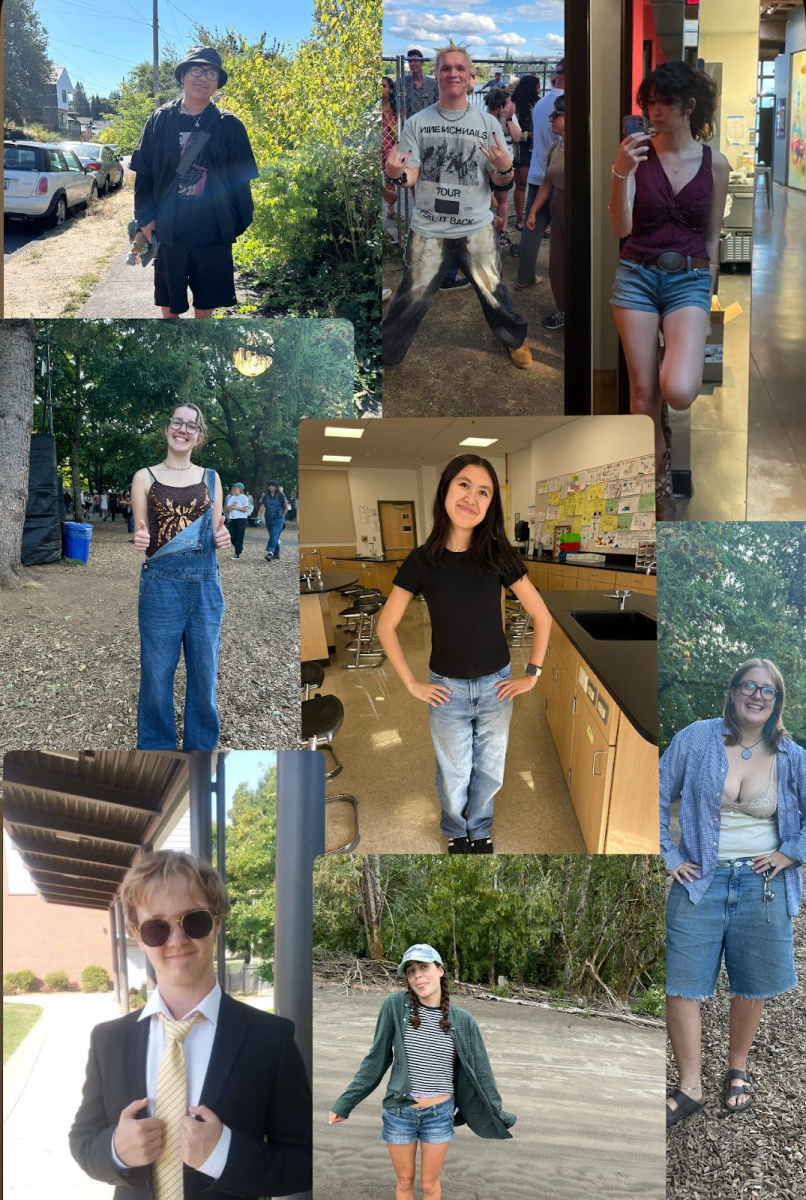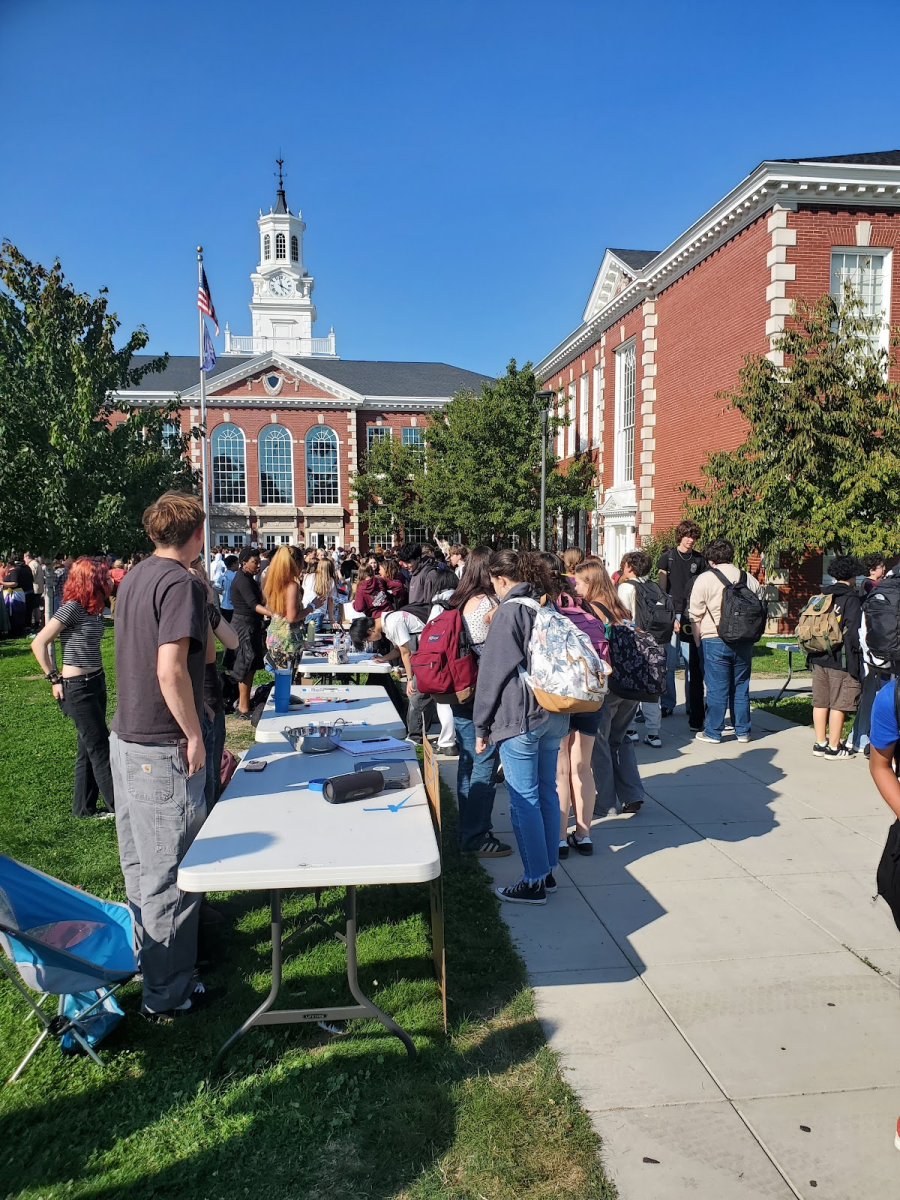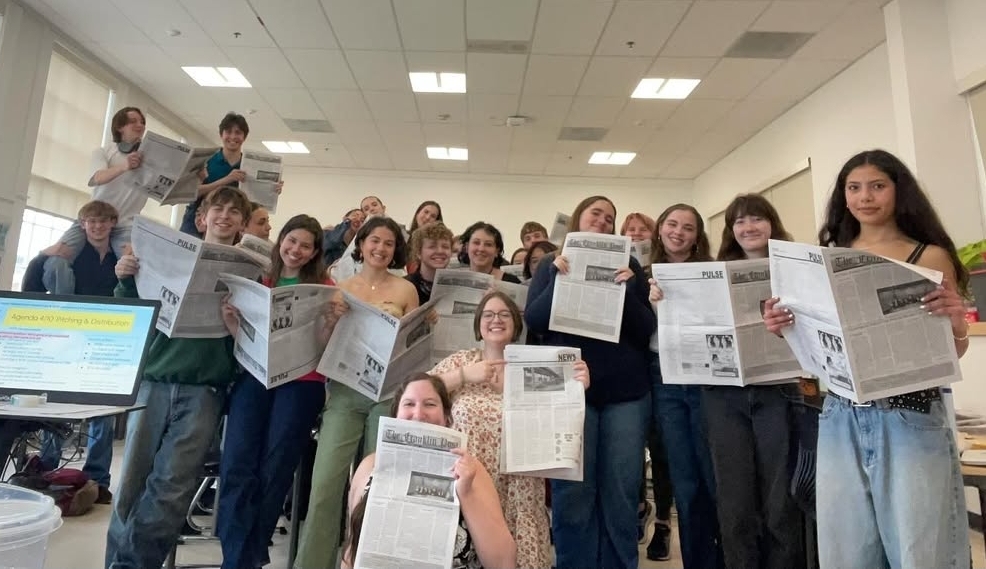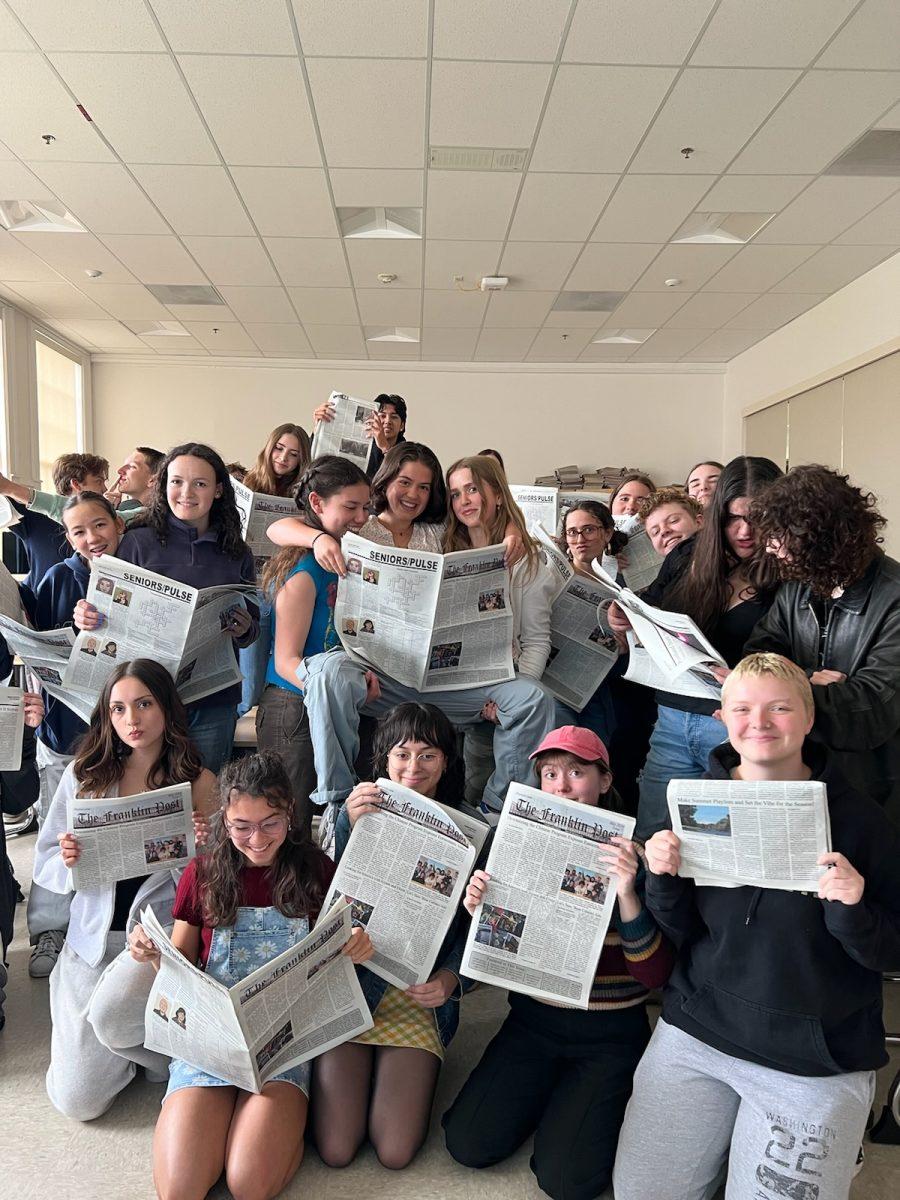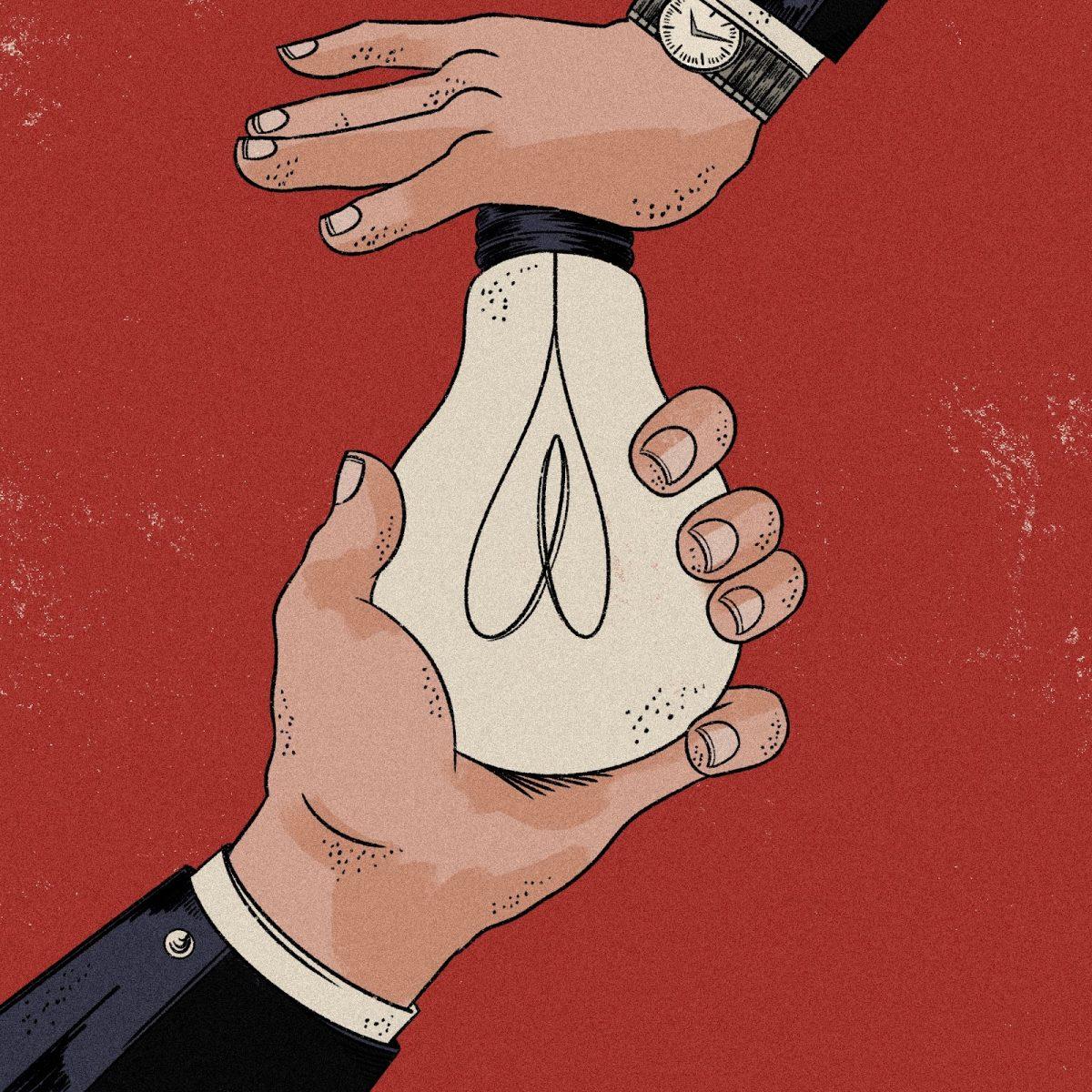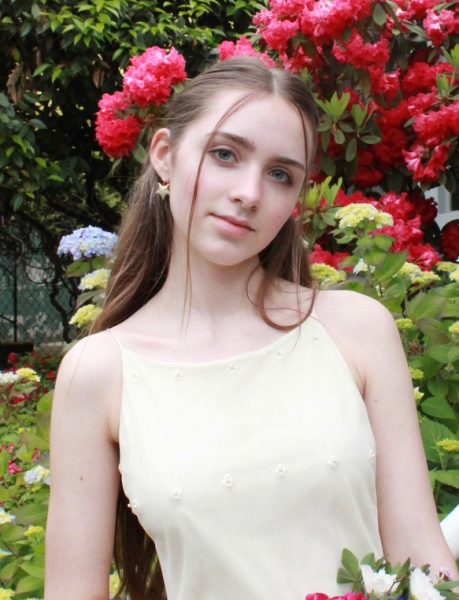
If you’re a reader, more likely than not you have been disappointed by a film adaptation of a book you love. Looking at you, “Percy Jackson.” But it doesn’t have to be that way, being translated to screen can do a lot to enhance a book’s story, making it more visually appealing and adding new depth with acting and set design.
The first example of this that comes to mind is “Pride and Prejudice” by Jane Austen. While there have been many adaptations of this story, the two which stand out most are the 2005 movie adaptation, starring Keira Knightley and Matthew Macfadyen, and the 1995 miniseries, starring Colin Firth and Jennifer Ehle. The movie manages to capture the romanticism of the story perfectly, and it elegantly fits all the main plot points into roughly two hours. The miniseries, while still being quite romantic, is everything a stickler for accuracy could want. It is incredibly faithful to the book, up to and including almost all of the dialogue.
To continue with the theme of old-fashioned novels, the 2019 adaptation of “Little Women” by Louisa May Alcott, starring Saoirse Ronan, Emma Watson, Florence Pugh, Eliza Scanlen, and Timothée Chalamet, is a fantastic, heartfelt movie. Directed by Greta Gerwig, it captures all the emotion of the original story and is especially fun to watch due to the incredible costume design, for which it won multiple awards.
Young Adult (YA) is a popular book genre which is often made into movies, but they tend to be very hit-or-miss in terms of quality and reception. One franchise that serves as an example of what filmmakers should be doing is “The Hunger Games.” These books, written by Suzanne Collins, were wildly successful and quickly became a staple of the YA dystopian literary scene. The movie adaptations had incredible casting, something which elevated them beyond just a remake of the books and gave them a life of their own. The movies effectively capture the tone and idea of the original story, weaving social commentary in with entertainment and effective pacing. Additionally, they avoided the mistake of changing too much of the story or taking things out, which inevitably causes an uproar in the book community.
In a similar vein, it would be remiss not to mention J.R.R. Tolkien’s “Lord of the Rings” or J.K. Rowling’s “Harry Potter.” Both wildly successful film franchises and for a good reason. With high budgets, good acting, and a clear care for the world itself, these movies catapulted already beloved stories to new heights of fame, and they remain classics if you’re looking to do a movie marathon or themed trivia night. The fantasy elements of both these worlds make them particularly suitable for the big screen, providing the opportunity for fun visuals and plots which are, by nature, engaging to watch as well as read.
Emily Gromko, the AP English Literature and Composition teacher at Franklin, says that one of her favorite book-to-film adaptations is “Pachinko,” originally a novel by Min Jin Lee. “I love seeing the setting, in Korea, and I love seeing the mix of Korean and Japanese spoken by the same characters. I think the character choices were really good,” says Gromko. This television show follows a South Korean family as they move to Japan to begin a new life, and both of its seasons have had critical acclaim.
Elisa Wong, Franklin’s AP English Language and Composition teacher, shared that she loves the 2013 adaptation of “The Great Gatsby” by F. Scott Fitzgerald. Directed by Baz Luhrmann and starring Leonardo DiCaprio, Wong feels that Luhrmann “really captures the frenetic, chaotic atmosphere of Gatsby’s parties,” and although it may not be an exact, accurate portrayal of the characters, Luhrmann “recreates the emotional tone of the book.”
“Coraline,” a movie based off of a novella by Neil Gaiman, was filmed right here in Portland. This story is a children’s horror tale, and although that might sound contradictory, the film manages to walk the line of creepy and entertaining. The book is more in-depth, but the movie manages to use a unique stop-motion animation style to help give the story some flair and an extra spooky atmosphere. This is an example of how bringing something to the screen can help give it more dimension, even as some parts have to be cut for time.
Lastly, another children’s movie based on a book is “The Princess Bride,” by William Goldman. This adaptation is beloved by many, a classic movie featuring one of the best sword fight scenes of all time. Interestingly, Goldman wrote both the book and the screenplay, and so while the movie benefits from the witty dialogue and heart that the book contains, it also cuts out some of the more “boring” parts of the book, making for a great film.
Film adaptations can expand the universe of literature to reach a far wider audience. Readers and non-readers alike can experience stories in a more accessible way, and although it must be said that the books are generally better, well-done movies and television shows can add to a story with visuals and a more personal and human touch. Next time you’re looking for something to watch that goes beyond the expected, check out these made-for-screen projects.



